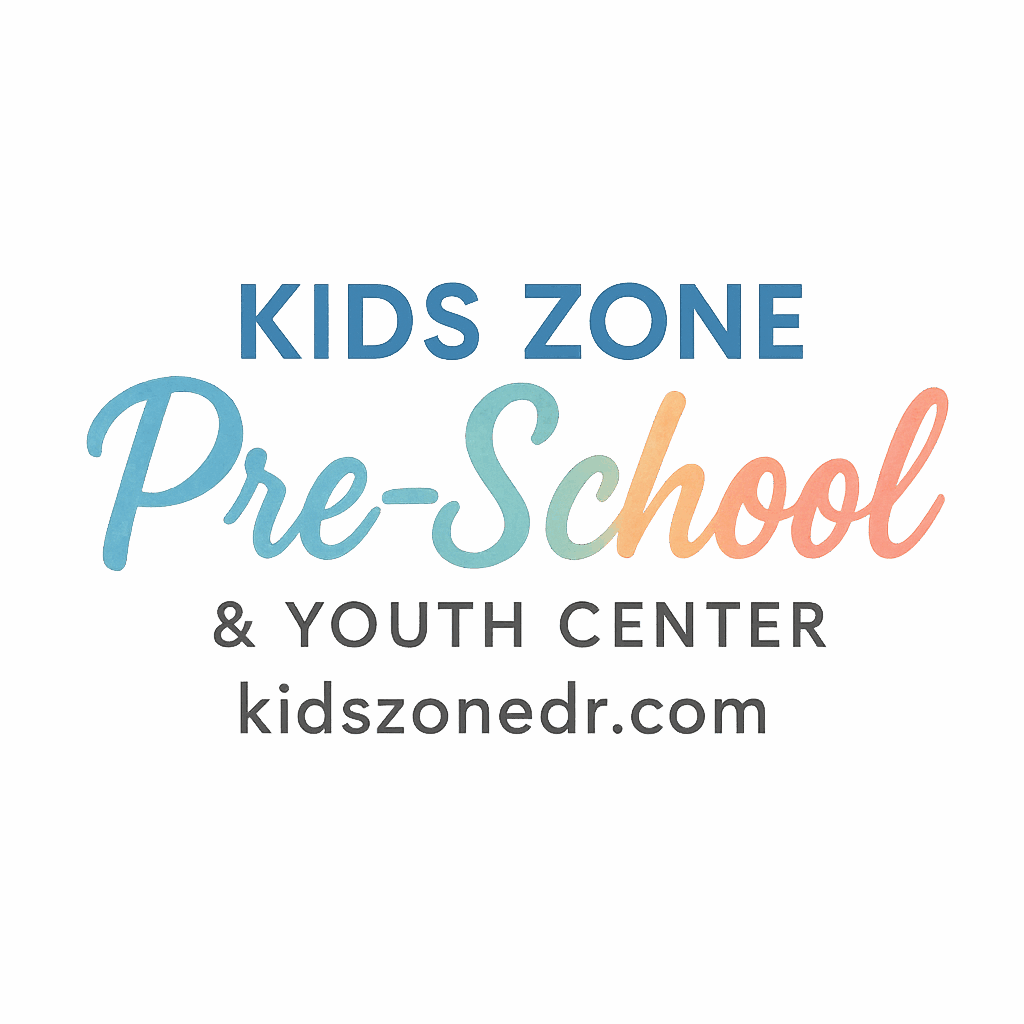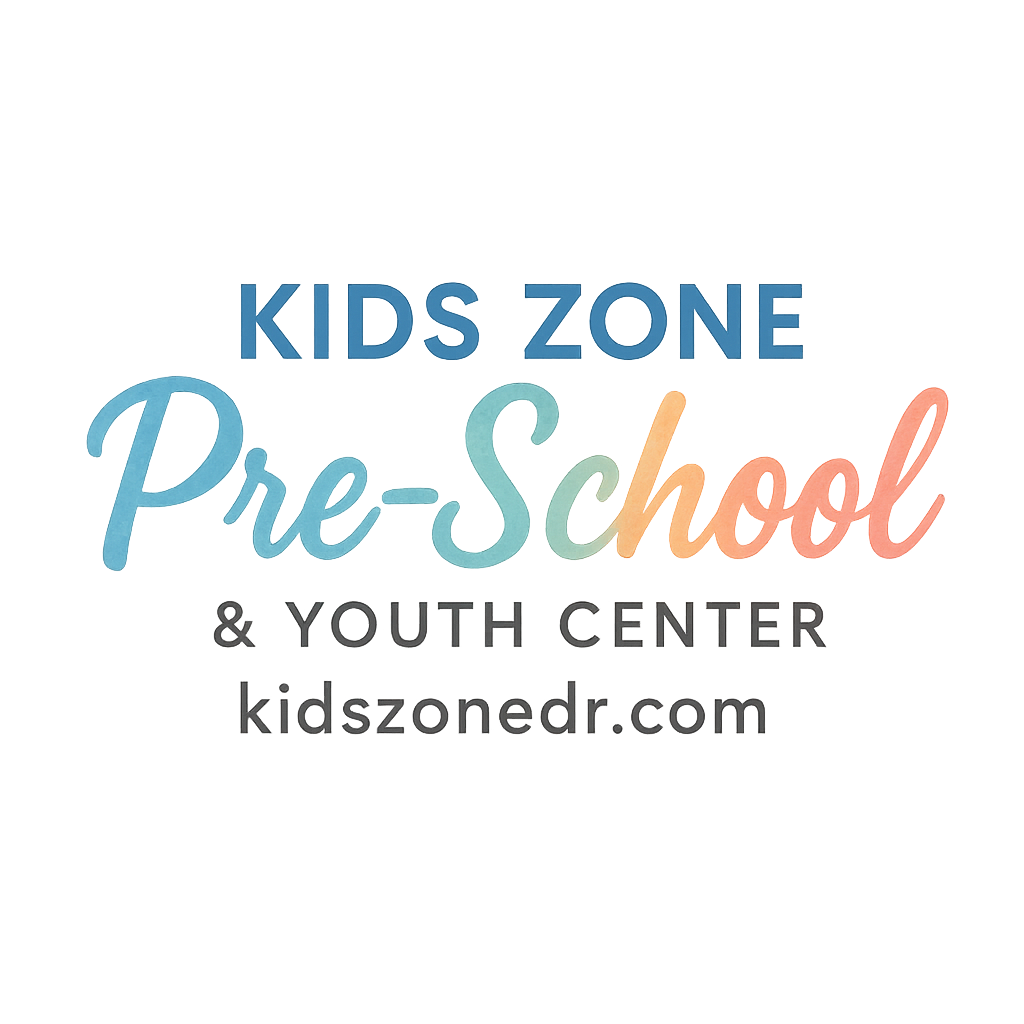Introduction: Why Dress-Up Play Matters
Walk into any preschool or youth center, and you’ll probably find kids running around in capes, tiaras, or animal ears. Why? Because dress-up themes are magical gateways to imagination and learning. They’re more than just costumes—these themes help children build confidence, practice storytelling, and even understand real-world concepts.
In this post, we’ll explore seven preschool and youth center dress-up themes kids absolutely love, how they spark growth, and practical ways you can bring them to life.
1. Superheroes Theme
Building Confidence Through Capes & Masks
Who hasn’t tied a towel around their shoulders and pretended to fly? Superhero dress-up is one of the most popular themes among preschoolers. The capes, masks, and shields make children feel powerful and brave—even if they’re usually shy.
A simple superhero cape can instantly boost a child’s self-esteem, helping them feel like they can tackle any challenge. It’s no wonder this theme is a preschool favorite!
Encouraging Imagination and Role-Playing
Superheroes aren’t just about costumes. They’re about stories of bravery, kindness, and teamwork. When kids play superheroes, they naturally explore problem-solving and role-play scenarios where they “save the day.”
This type of imaginative play is directly connected to learning and development.
2. Community Helpers Theme
Firefighters, Doctors, and Police Officers
Kids are fascinated by everyday heroes like firefighters, doctors, and police officers. Putting on a mini uniform or holding a toy stethoscope allows children to explore what these roles mean.
It’s a great opportunity to link play to real-world learning—especially when kids see community helpers in action.
Connecting Dress-Up to Real-World Learning
By pretending to be doctors or nurses, kids learn empathy and the importance of caring for others. Dressing as firefighters or police officers teaches courage, responsibility, and community service.
These activities tie beautifully with themes of health and safety in preschool.
3. Fairytale & Fantasy Theme
Princesses, Knights, and Magical Creatures
Fairytales never go out of style. Children love stepping into the roles of princesses, knights, wizards, and magical creatures. These costumes let kids bring their favorite storybooks to life.
Whether it’s a glittery crown or a cardboard sword, dress-up inspires storytelling in the most delightful ways.
Storytelling Through Costumes
When children play out fairytales, they’re not just dressing up—they’re practicing language, narrative skills, and creativity. It’s a fun extension of classroom learning.

4. Animal Adventures Theme
Exploring the Animal Kingdom Through Dress-Up
From lions and tigers to butterflies and bunnies, kids love becoming part of the animal kingdom. Animal-themed costumes encourage movement, roaring, hopping, and fluttering—making playtime both physical and imaginative.
Linking Costumes to Science and Nature
Teachers can connect animal dress-up days to science lessons. Imagine kids wearing little monkey ears while learning about rainforest habitats. It turns abstract concepts into hands-on exploration of kids’ development.
5. Around the World Theme
Celebrating Diversity Through Dress-Up
Global-themed dress-up introduces kids to traditional outfits from different cultures. This theme is not only fun but also teaches diversity, empathy, and respect.
For example, children can explore kimonos from Japan, ponchos from South America, or African-inspired prints.
Teaching Cultural Awareness and Respect
When done thoughtfully, this dress-up theme builds cultural awareness while emphasizing kindness and curiosity. It ties in beautifully with parental involvement and classroom discussions about respecting differences.
6. Career Day Theme
Future Aspirations and Pretend Careers
Career-themed dress-up gives children a peek into their future dreams. From astronauts to chefs, pilots to teachers, kids love imagining what they might become.
Inspiring Growth and Ambition
This theme is a golden opportunity to inspire curiosity about the world. It connects to important growth milestones and helps children dream big while still having fun.
7. Seasonal & Holiday Theme
Halloween, Winter Festivals, and More
Nothing excites kids like holiday dress-up. Whether it’s spooky costumes for Halloween, festive outfits for Christmas, or colorful attire for spring festivals, these moments create lasting memories.
Creating Joyful Seasonal Memories
Seasonal dress-up days tie into daily routines and activities. They bring joy, structure, and anticipation into the preschool environment.
How Dress-Up Themes Enhance Preschool Learning
Boosting Creativity and Language Development
When children dress up, they also act out roles, create stories, and interact with peers. This builds vocabulary, sentence structure, and storytelling skills—key aspects of language development.
Supporting Emotional and Social Growth
Dress-up play helps kids understand emotions, practice empathy, and work through social challenges. Sharing costumes, taking turns, and role-playing encourage cooperation and confidence—important habits for lifelong success.
Practical Tips for Organizing Dress-Up Days
Affordable and DIY Costume Ideas
Dress-up doesn’t need to break the bank. Parents and teachers can create DIY costumes from old clothes, cardboard, or fabric scraps. A paper crown, a painted mask, or a homemade cape can spark endless fun.
Ensuring Health & Safety During Dress-Up
Always check that costumes are safe and comfortable. Avoid small choking hazards, itchy fabrics, or overly long outfits that cause tripping. This ties directly into wellness and safety in preschool settings.
Parental Involvement in Dress-Up Play
Encouraging Participation at Home
Parents can extend dress-up play beyond preschool. A small costume box at home helps children practice creativity and storytelling daily.
Strengthening School-Parent Partnerships
When schools and families work together on dress-up events, kids feel a stronger sense of involvement. Parents might even volunteer to bring costumes or share stories related to the dress-up theme.
Conclusion
Dress-up play is more than fun—it’s a learning powerhouse. From superheroes and community helpers to cultural outfits and seasonal celebrations, these themes spark creativity, boost confidence, and help children explore the world.
Whether you’re a parent, teacher, or youth center organizer, remember: the magic of dress-up isn’t in the costume itself, but in the stories children create while wearing it.
FAQs
1. Why is dress-up important in preschool?
Dress-up boosts imagination, language, confidence, and social skills while making learning fun.
2. How often should preschools organize dress-up days?
Monthly or seasonal dress-up events work well, but small weekly role-play activities are also beneficial.
3. Do kids need expensive costumes to enjoy dress-up?
Not at all! DIY and recycled costumes work just as well, if not better, for creativity.
4. Can dress-up play support emotional growth?
Yes—role-playing helps children practice empathy, manage emotions, and solve conflicts.
5. How can parents get involved in preschool dress-up events?
Parents can donate costumes, create DIY pieces, or even participate in themed days.
6. Are cultural dress-up themes safe and respectful?
When introduced thoughtfully, yes. The key is teaching respect and celebrating diversity.
7. What’s the best way to link dress-up to learning?
Combine costumes with storytelling, role-play, and related lessons in science, reading, or social studies.


